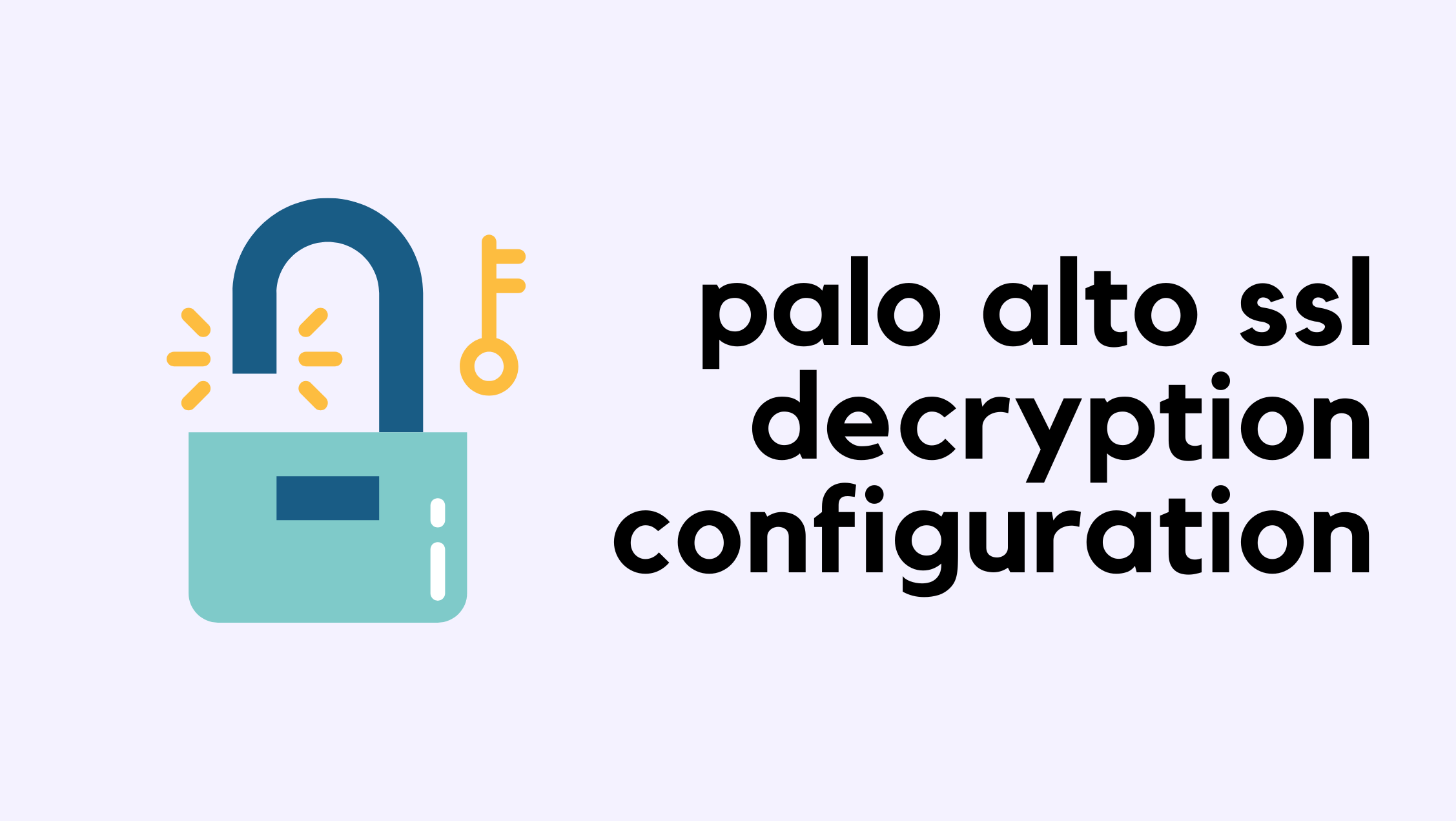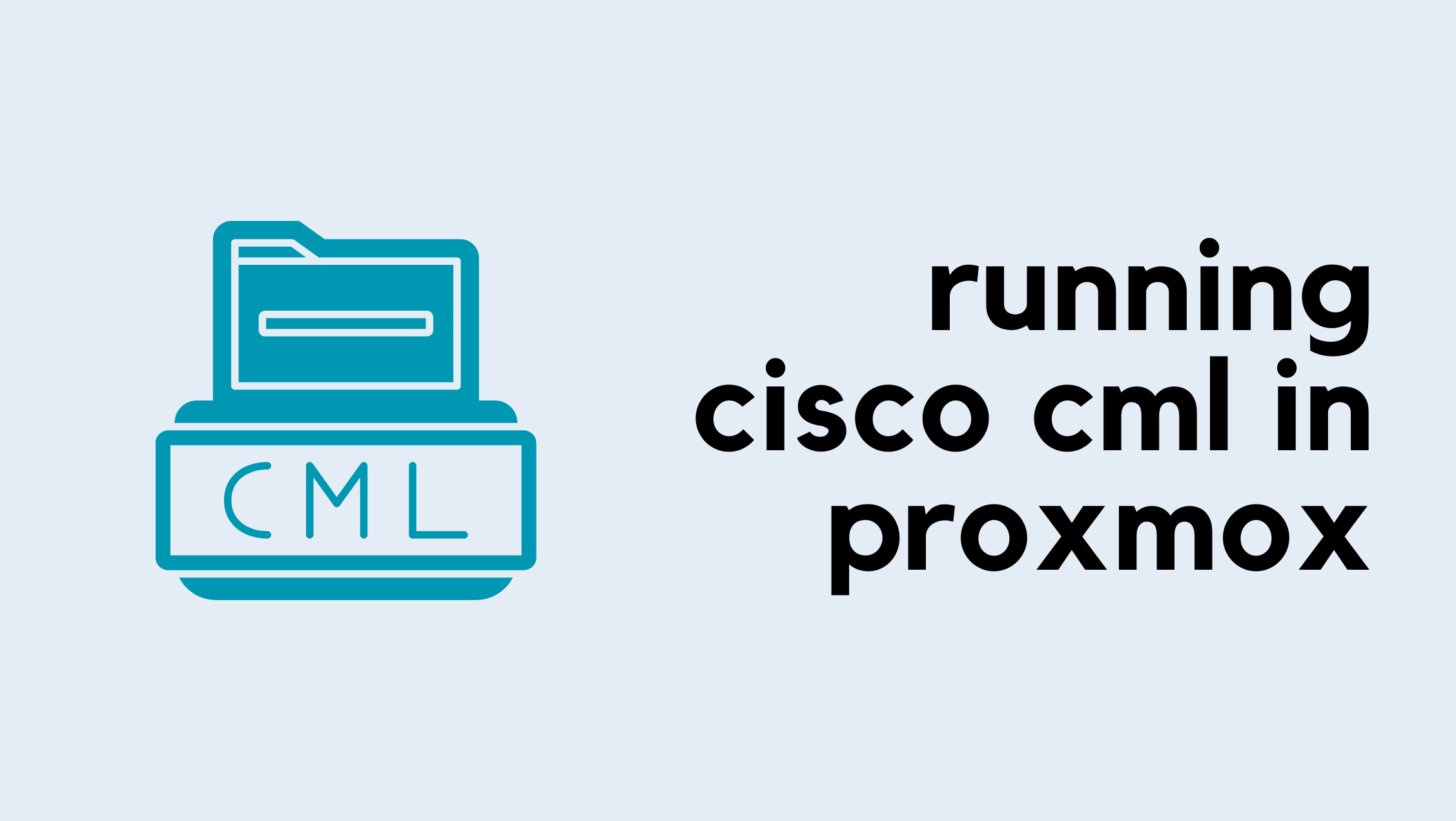Palo Alto How to Configure SSL Decryption?

Most websites we access today use HTTPS, and to fully leverage a Next-Generation Firewall (NGFW) like Palo Alto, inspecting encrypted HTTPS sessions is crucial. Configuring SSL decryption isn't just a set-it-and-forget-it task. It requires careful consideration and ongoing improvements. In this blog post, we'll explore how to configure SSL decryption in Palo Alto firewalls and highlight some pitfalls to be aware of. So, let's get to it.
As always, if you find this post helpful, press the ‘clap’ button on the left. It means a lot to me and helps me know you enjoy this type of content.

SSL Decryption Considerations
As I mentioned earlier, configuring SSL decryption isn’t as simple as flipping a switch. Decryption allows your firewall to inspect the contents of encrypted sessions. Normally, HTTPS traffic is encrypted from your browser to the server, ensuring the sessions are private. However, with SSL decryption, the firewall acts as a man-in-the-middle, inspecting the traffic in plain text. It’s crucial Continue reading
HN765: Telecom In the Bahamas: Lessons In Resiliency
Many of us have had network design discussions relating to natural disasters. What if a fire comes through? Or a flood? For most of us, those discussions don’t feel overly worthy of our attention. Yes, we should think about it. Yes, we should plan for it. If we’re really serious, we’ll even dust off the... Read more »Hedge 256: The Impact of Your First Language
Richard Wexelblat published an article in 1980 titled: “The consequences of one’s first programming language.” We’ve all seen C code written like Python, or Python code written like C, so it’s obvious a coder’s first language has a long lasting effect on their style. What about network engineers? Are there times and places where the first of anything a network engineers encounters has a long lasting impact on the way they think and work? In this roundtable, Tom, Eyvonne, and Russ consider different ways this might apply to network engineering.
TNO013: How Do We Apply DevOps to Traditional Networking?
Can we map DevOps principles and practices to network operations? Should we? On today’s show, we talk with Williams Collins and Eyvonne Sharp to understand DevOps both culturally and practically. We also discuss the challenges of applying DevOps to network operations. We look at lightweight options such as starting small, having a centralized source of... Read more »Use BGP Outbound Route Filters (ORF) for IP Prefixes
When a BGP router cannot fit the whole BGP table into its forwarding table (FIB), we often use inbound filters to limit the amount of information the device keeps in its BGP table. That’s usually a waste of resources:
- The BGP neighbor has to send information about all prefixes in its BGP table
- The device with an inbound filter wastes additional CPU cycles to drop many incoming updates.
Wouldn’t it be better for the device with an inbound filter to push that filter to its BGP neighbors?
IPB167: Crossing the 50% IPv6 Adoption Threshold
IPv6 adoption should cross 50% in 2025. In today’s podcast, we discuss the implications and significance of IPv6 adoption reaching this milestone. While this transition might not be visible to average users, it does impact IT professionals. We explore varying adoption rates across industries, and talk about compliance requirements will soon necessitate IPv6. We also... Read more »N4N010: Why Was the Colon Chosen as a Delimiter in IPv6?
It’s history day on N Is For Networking! We learn about the development of IPv6 directly from Bob Hinden, one of the pioneers who made it happen. Bob discusses his journey from early work on ARPANET to his significant contributions to IPv6. We also cover the transition from IPv4, the challenges faced during IPv6’s creation,... Read more »Sturgeon’s Law, VRRPv3 Edition
I just wasted several days trying to figure out how to make the dozen (or so) platforms for which we implemented VRRPv3 in netlab work together. This is the first in a series of blog posts describing the ridiculous stuff we discovered during that journey
The idea was pretty simple:
- Create a lab with the tested device and a well-known probe connected to the same subnet.
- Disable VRRP (or interface) on the probe and check IPv4 and IPv6 connectivity through the tested device (verifying it takes over ownership of VRRP MAC and IP addresses).
- Reenable VRRP on the probe and change its VRRP priority several times to check the state transitions through INIT/BACKUP(lower priority)/MASTER(change in priority)/BACKUP(preempting after a change in priority).
NAN083: Cox Gets Network Automation Right, and Proves It at DEF CON (Sponsored)
Today’s Network Automation Nerds episode discusses Cox Communications’ journey to getting network automation right. We also talk about how they used network automation to support operating the network at the DEF CON hacker convention. Our guests are David Ezell, Joshua Watkins and Eric Hansen from Cox Communications. We dive into initial steps and challenges in... Read more »D2DO263: An Anthropologist’s Advice for Improving IT Cultures
It’s tempting to run IT organizations the same way we run infrastructure: as resource units to be applied to various jobs. But people aren’t infrastructure. They have opinions. They form teams. They operate on different incentives, which sometimes clash within an organization (i.e. sales vs. product managers, or infosec vs. everybody). Today’s guest, Lianne Potter,... Read more »The Ethernet/802.1 Protocol Stack
The believers in the There Be Four Layers religion think everything below IP is just a blob of stuff dealing with physical things:

People steeped in a slightly more nuanced view of the world in which IP is not the centerpiece of the universe might tell you that the blob of stuff we need is two things:
Running EVE-NG in Proxmox

If you follow my blogs, you might know that I recently switched to Proxmox from VMware Workstation Pro for my home lab. I’ve already migrated most of my VMs, including Cisco CML, to Proxmox, and the last piece left was EVE-NG. In this blog post, we’ll go through the steps to install EVE-NG in Proxmox. Let’s get started!
As always, if you find this post helpful, press the ‘clap’ button on the left. It means a lot to me and helps me know you enjoy this type of content.

Overview
EVE-NG doesn’t have official documentation for Proxmox, but it works perfectly fine, and I haven’t faced any issues so far. For this example, I’m using
- Proxmox version 8.3.0
- EVE-NG Community Edition 6.2.0
Most of the VM’s settings can be left at their default values, but there are a couple of changes I had to make. Before diving in, let's have a quick look at Nested Virtualization.
Nested Virtualization
Nested virtualization allows you to run virtual machines Continue reading
PP046: IPv6 Security, Migration, and Adoption
You asked for more IPv6 and we listened. In today’s episode, we talk with Ed Horley, co-host of the IPv6 Buzz podcast about IPv6 security, migration, and adoption. We talk about how your general security strategy doesn’t change with v4 or v6, but the trouble starts with a lack of v6 knowledge. We talk about... Read more »Record-breaking 5.6 Tbps DDoS attack and global DDoS trends for 2024 Q4
Welcome to the 20th edition of the Cloudflare DDoS Threat Report, marking five years since our first report in 2020.
Published quarterly, this report offers a comprehensive analysis of the evolving threat landscape of Distributed Denial of Service (DDoS) attacks based on data from the Cloudflare network. In this edition, we focus on the fourth quarter of 2024 and look back at the year as a whole.
When we published our first report, Cloudflare’s global network capacity was 35 Terabits per second (Tbps). Since then, our network’s capacity has grown by 817% to 321 Tbps. We also significantly expanded our global presence by 65% from 200 cities in the beginning of 2020 to 330 cities by the end of 2024.
Using this massive network, we now serve and protect nearly 20% of all websites and close to 18,000 unique Cloudflare customer IP networks. This extensive infrastructure and customer base uniquely positions us to provide key insights and trends that benefit the wider Internet community.
In 2024, Cloudflare’s autonomous DDoS defense systems blocked around 21.3 million DDoS attacks, representing a 53% increase compared to 2023. On average, in 2024, Cloudflare blocked 4,870 Continue reading
The fall and rise of TikTok (traffic)
The United States ban on TikTok went into effect on January 19, 2025, and although service began to be restored after just 14 hours, it was only close to the inauguration of Donald Trump as the 47th President of the United States that associated DNS traffic started to recover to closer to previous levels. In this post, we analyze the events of January 19 and 20, and what they meant for TikTok-related DNS traffic, but also other competitors (including their growth outside the US).
For context, we wrote an initial blog post about the TikTok ban on Sunday, January 19, 2025. The ban was part of the "Protecting Americans from Foreign Adversary Controlled Applications Act," proposed in Congress, which ordered ByteDance to divest due to alleged security concerns. The bill was signed into law by Congress and President Biden in April 2024, and was upheld by the Supreme Court on January 17, 2025.
Aggregated data from our 1.1.1.1 DNS resolver shows — as we’ve posted on social media — that the TikTok shutdown in the US began to impact DNS traffic to TikTok-related domains on January 19, just after 03:30 UTC (22:30 ET on January Continue reading
IBGP Is the Better EBGP
Whenever I was explaining how one could build EBGP-only data center fabrics, someone would inevitably ask, “But could you do that with IBGP?”
TL&DR: Of course, but that does not mean you should.
Anyway, leaving behind the land of sane designs, let’s trot down the rabbit trail of IBGP-only networks.
NB510: CISA Says US Tech Inherently Insecure; AI Now Included in Google Workspace
Take a Network Break! Guest co-host John Burke joins Drew Conry-Murray for this week’s analysis of tech news. They discuss a string of serious vulnerabilities in Wavlink Wi-Fi routers, Fortinet taking a one-two security punch, and CISA director Jen Easterly calling out US hardware and software companies for being “inherently insecure.” Microsoft and Google put... Read more »Tech Bytes: Can SD-WAN Solve Latency Issues for Modern Applications? (Sponsored)
Traditional SD-WAN ensures that business-critical apps get the best-performing network path to deliver a good user experience and meet service levels. But as SaaS and cloud adoption increase, the best path across a WAN may not be enough. Techniques like WAN ops and legacy caching techniques may have worked for enterprise or private apps, but... Read more »Concise Link Descriptions in netlab Topologies (Part 1)
One of the goals we’re always trying to achieve when developing netlab features is to make the lab topologies as concise as possible1. Among other things, netlab supports numerous ways of describing links between lab devices, allowing you to be as succinct as possible.
A bit of a background first:
- In the end, netlab collects all links in the links list before starting the data transformation process.
- Every entry in the links list is a dictionary. That dictionary can contain link attributes and must contain a list of interfaces connected to the link.
- Every interface must have a node (specifying the lab device it belongs to) and could contain additional interface attributes.

